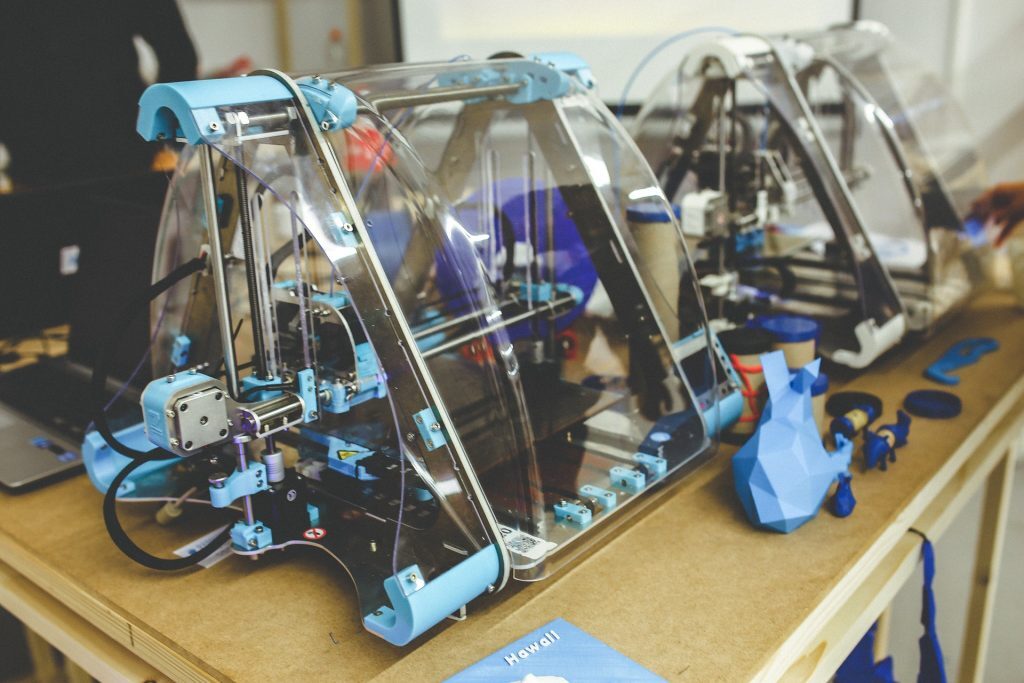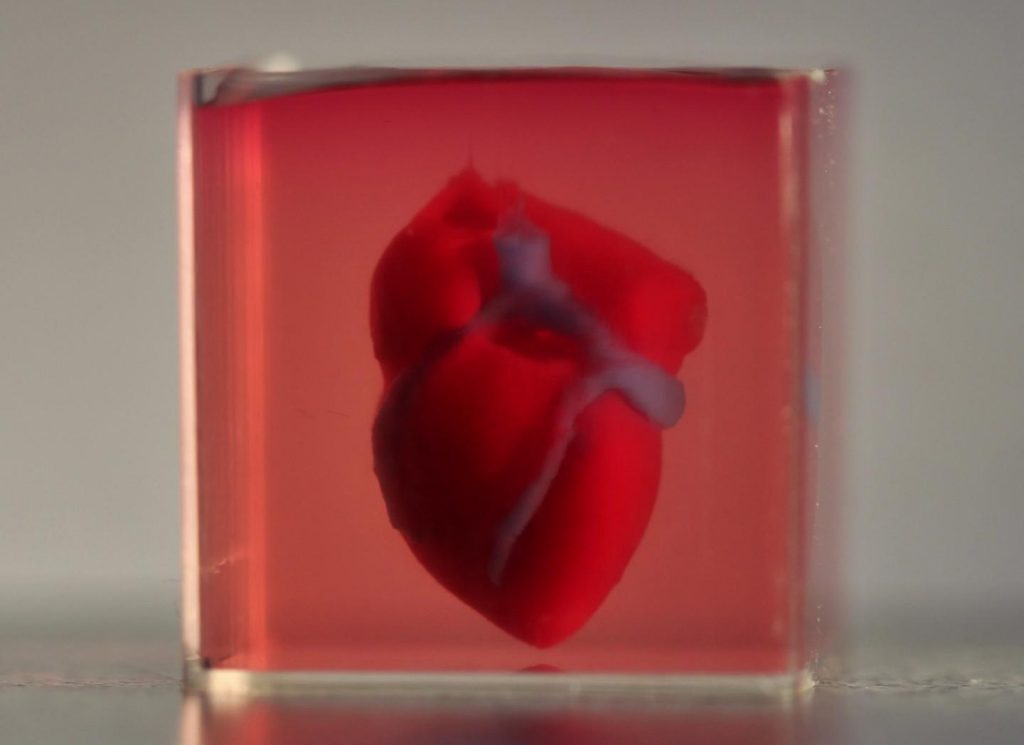“Maybe, in ten years, there will be organ printers in the finest hospitals around the world, and these procedures will be conducted routinely.” That’s according scientists at Tel Aviv University (TAU) who have managed to 3D print a human heart from actual bio-materials.
The group of researchers from TAU successfully printed the first ever 3D-constructed human heart using cells and biological materials from a patient. This is a particularly impressive feat, as the researchers produced a complete heart, consisting of cells, blood vessels, ventricles and chambers. Previously, scientists were only able to construct ‘simple tissues’ that don’t incorporate blood vessels.
But… how?
 Naturally, ‘how?’ was our first question. It all started with a biopsy of fatty tissue from the patient. Cellular material from the tissues was used as a bio-ink. The bio-ink is used to print with human cells, instead of 3D printing filament. Because who wants a plastic heart?
Naturally, ‘how?’ was our first question. It all started with a biopsy of fatty tissue from the patient. Cellular material from the tissues was used as a bio-ink. The bio-ink is used to print with human cells, instead of 3D printing filament. Because who wants a plastic heart?
It’s worth mentioning that the newly-printed heart isn’t actually fit for human use yet. It’s smaller than it needs to be, only about the size of a rabbit’s heart. It’s not technically able to pump blood yet and only has the capability to contract, not expand. The scientists are working on creating a working ‘model’ and are convinced that they will succeed in the near future. Once that process is complete, they will attempt to transplant the engineered organs into animal ‘models’. You know, for further testing.
This is a major feat in the world of regenerative medicine — a field that integrates biology and technology — with this being the first complex-celled complete organ to be 3D-printed. Soon we’ll be able to purchase a custom-created 3D-printed organ from the local corner store. Okay, perhaps they won’t be quite that common but… something like that.
Sources: Press Release




